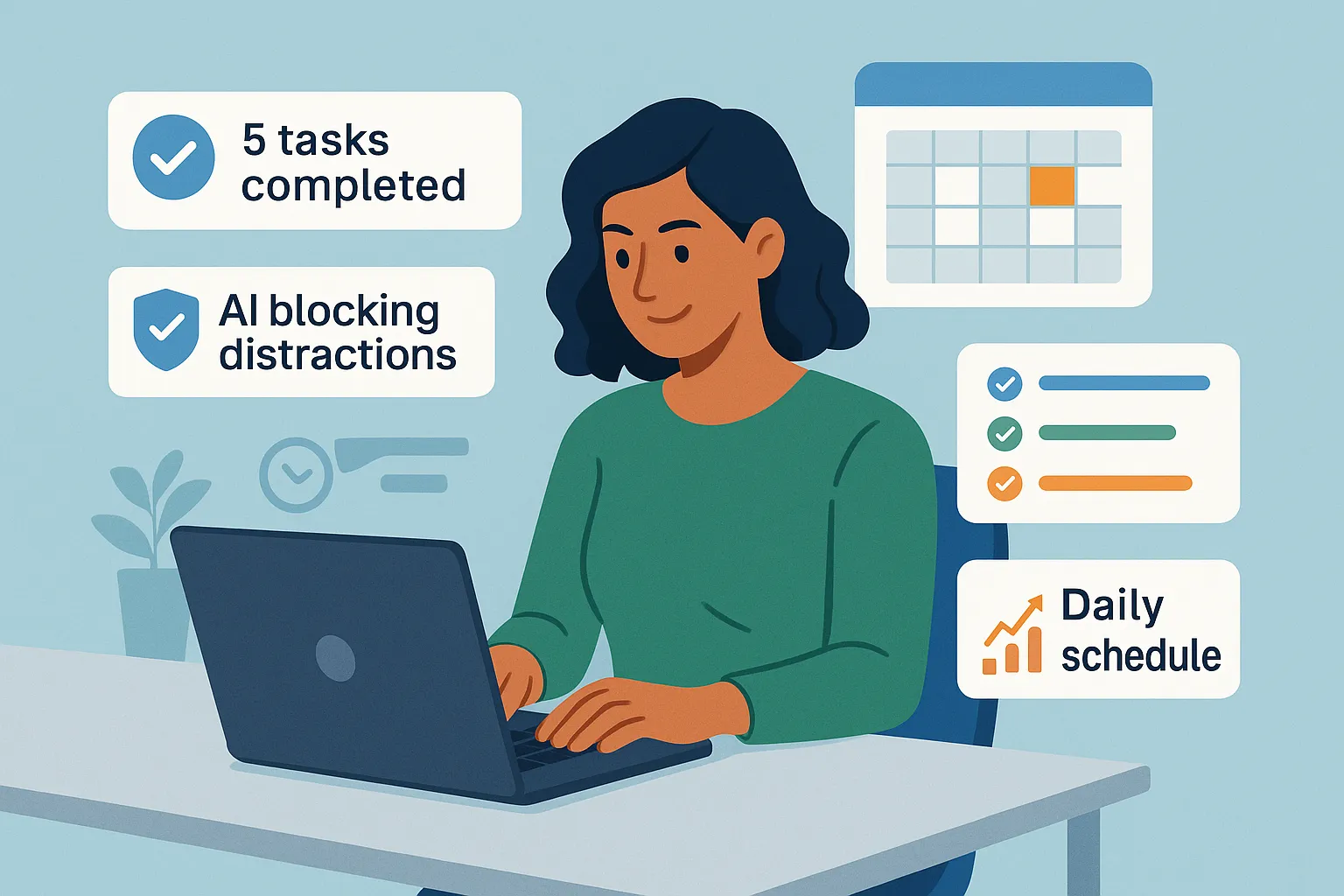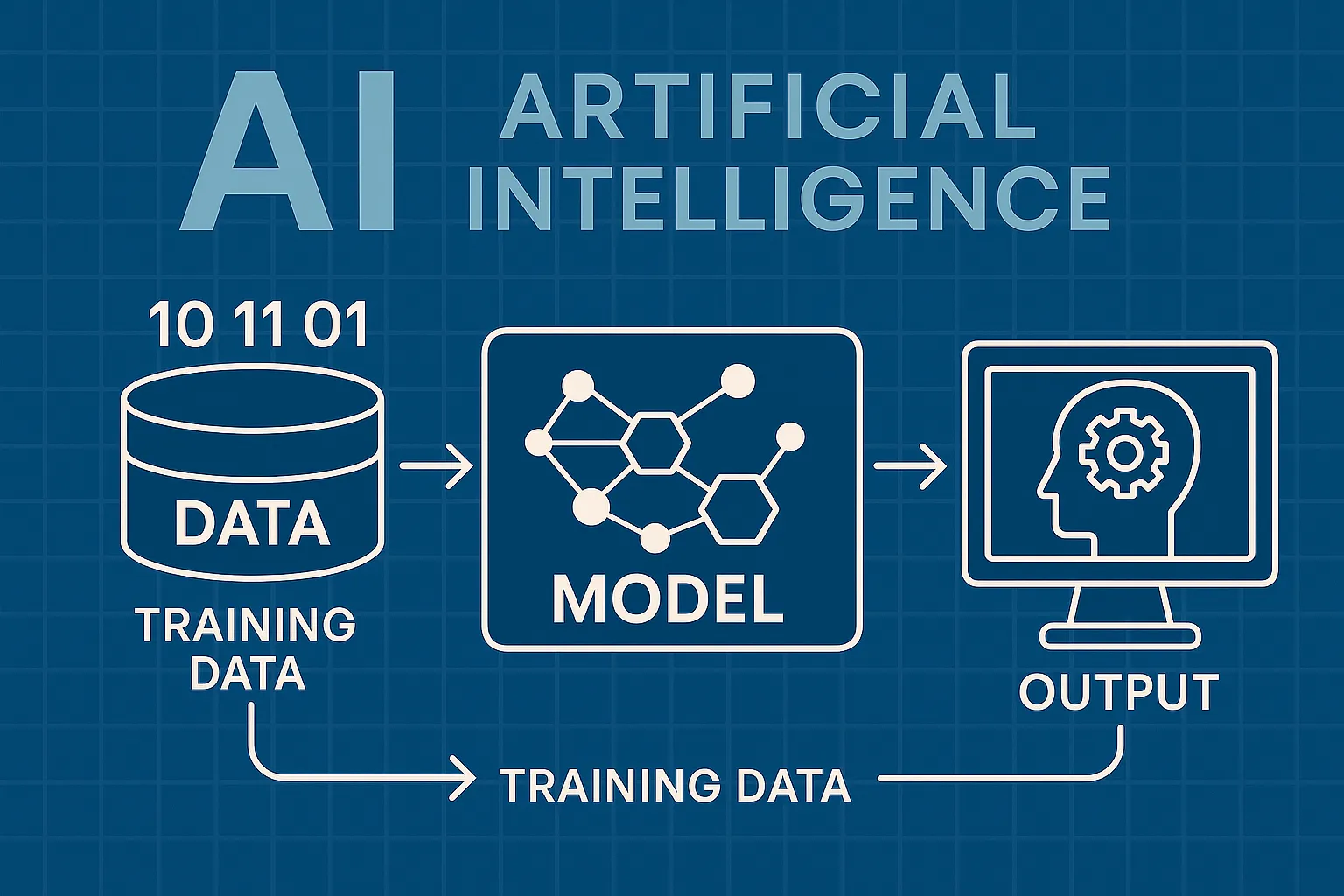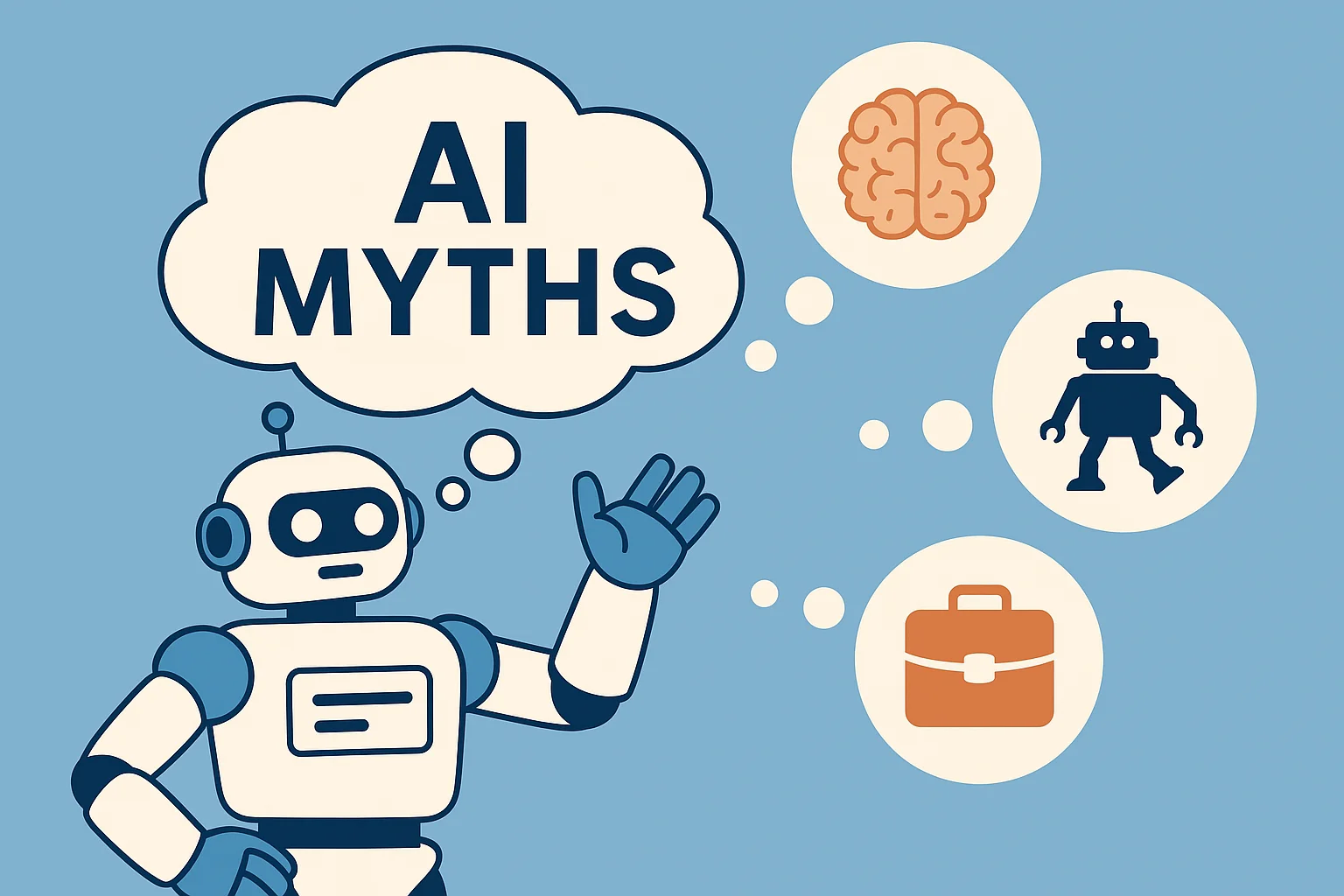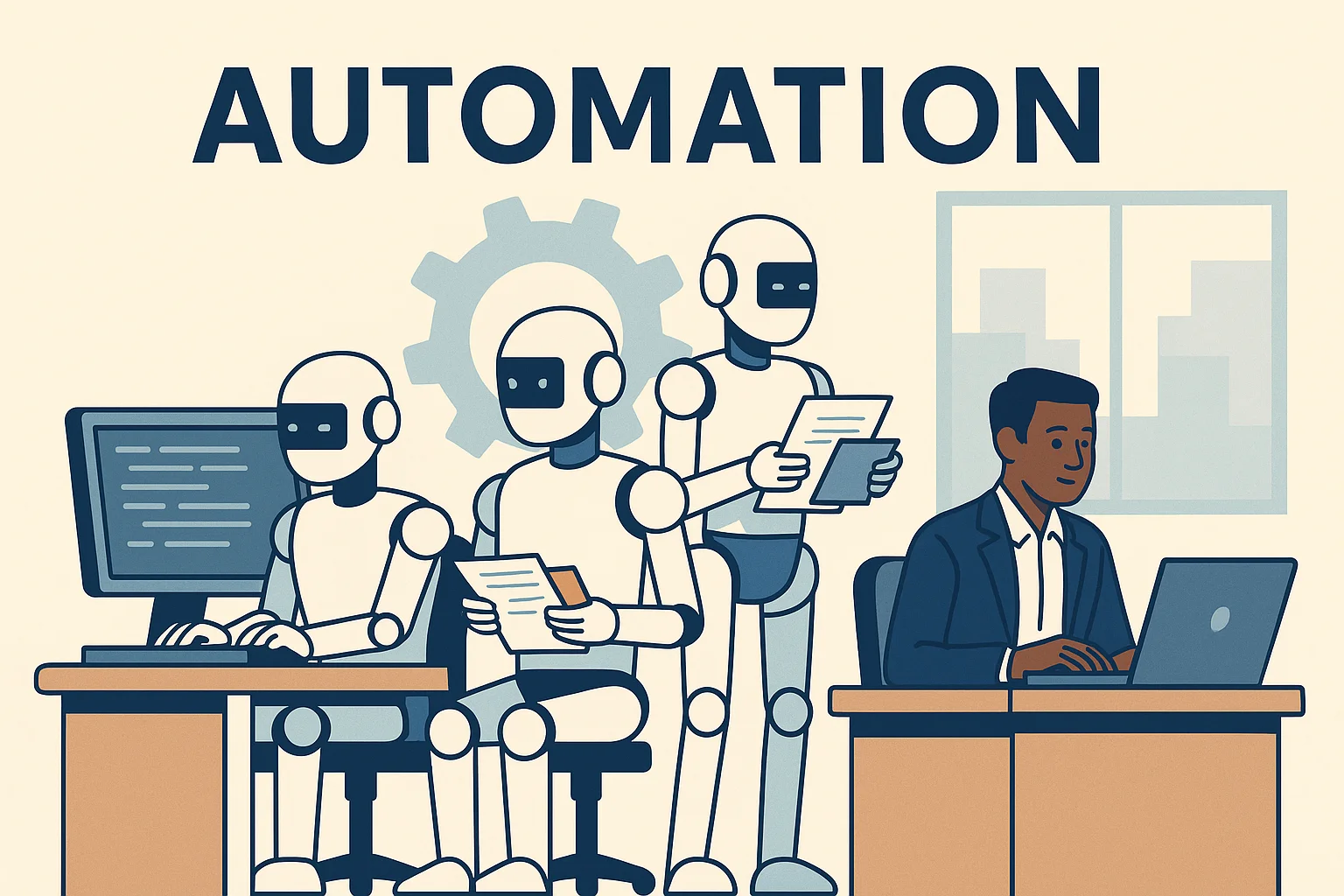AI translation tools have rapidly advanced to deliver more accurate, natural, and context-aware results across dozens of languages. Whether you’re translating websites, legal documents, video subtitles, or business communications, modern AI systems can now adapt tone, handle idiomatic expressions, and support real-time collaboration. These tools go beyond word-for-word translation, preserving nuance and ensuring readability for both personal and professional use. Many also integrate with popular apps and content platforms, enabling seamless localization for global audiences. With features like voice input, document translation, and cross-device compatibility, they make multilingual communication easier than ever. Both free and paid solutions are available, catering to casual users, freelancers, and enterprise teams alike. This page ranks the top AI translation tools in 2025 based on fluency, speed, versatility, and user experience. Whether you're writing emails, publishing international content, or learning a new language, these tools offer the precision and convenience to translate faster, better, and more confidently in any setting.

Top Paid AI Translation Tools
| Rank | Tool | Strength | Price | Best For |
|---|---|---|---|---|
| #1 | DeepL Pro | Highly accurate, fluent translations | From $8.74/month | Professional + academic use |
| #2 | Trados Studio | CAT tool with AI-assisted memory | From $29/month | Translators & localization teams |
| #3 | Unbabel | AI + human hybrid translation | Custom pricing | Customer service & enterprise |
| #4 | Sonix.ai | Audio translation + transcription | From $10/hour | Podcasts, media, journalism |
| #5 | Smartling | Enterprise-level website translation | Enterprise plans | Localization & UX teams |
DeepL Pro
DeepL Pro is widely recognized for delivering translations that feel natural and context-aware, outperforming many competitors in grammar, idiomatic flow, and nuance. Its advanced neural networks adapt to tone, domain, and sentence complexity — making it a favorite among professional translators, academic researchers, and legal teams. The Pro version removes character limits, enables file translation (PDF, Word, PowerPoint), and secures data with end-to-end encryption. Whether you’re translating sensitive contracts or crafting polished multilingual content, DeepL Pro is the go-to solution for those demanding premium-quality results at scale.
Trados Studio
Trados Studio is the industry standard in computer-assisted translation (CAT), used by localization teams and professional linguists worldwide. It offers AI-enhanced translation memory, terminology management, and real-time QA tools to streamline complex projects. Trados integrates seamlessly with cloud databases and supports a wide range of file formats, making it ideal for handling technical documents, regulatory texts, or multi-language software projects. For seasoned professionals seeking full control over translation assets and AI-assisted workflows, Trados Studio offers unparalleled depth and flexibility.
Unbabel
Unbabel bridges the speed of AI with the precision of human editors to deliver fast, high-quality translations tailored for customer service and enterprise communication. Its multilingual platform integrates with CRM and support tools like Zendesk, Salesforce, and Intercom, enabling global teams to respond to customers in their native language. Unbabel's AI handles the initial pass, while a network of linguists polishes the output for fluency and accuracy. If your business values brand voice and customer satisfaction across languages, Unbabel delivers scalable, human-in-the-loop translation at speed.
Sonix.ai
Sonix.ai excels at audio transcription and multilingual translation, automatically turning voice recordings into editable, timestamped transcripts in over 30 languages. It’s ideal for journalists, podcasters, researchers, and content teams looking to create subtitles, summaries, or translated scripts from interviews or recordings. The platform supports audio cleanup, speaker separation, and global export formats like SRT and VTT. For those working in media or academia, Sonix streamlines the post-production process and enables fast turnaround for international content distribution.
Smartling
Smartling is a robust enterprise translation platform that combines AI automation, translation memory, and human linguistics into a single cloud-based system. Designed for companies localizing web apps, e-commerce stores, or product interfaces, Smartling automates language workflows while ensuring tone and UX remain intact. It features real-time visual context editing, API integration, and performance analytics to optimize quality and speed. For businesses scaling into global markets, Smartling simplifies large-scale localization and delivers consistent results across every touchpoint.
Top Free AI Translation Tools
| Rank | Tool | Strength | Limits | Best For |
|---|---|---|---|---|
| #1 | DeepL (Free) | Natural-sounding translations | Character limits | Everyday + academic use |
| #2 | Google Translate | Broad language coverage | Accuracy varies | Quick translations |
| #3 | Bing Translator | Clean UI, decent accuracy | Fewer formatting tools | Web use |
| #4 | Youdao Translate | Chinese + multilingual support | UI mostly in Chinese | East Asia learners |
| #5 | Wordtune (Free) | Translation + rewriting | Limited rewrites/day | Writing in second languages |
DeepL (Free)
DeepL’s free version offers stunningly fluent translations for everyday and academic use, easily outperforming most other free tools in tone and grammatical accuracy. While it has a character limit and no document uploads, it still supports over 30 languages and delivers human-like results — especially for European language pairs. It’s perfect for translating emails, study materials, or social media content when quality matters but a subscription isn’t needed. DeepL Free proves that AI translation can be both fast and naturally readable at zero cost.
Google Translate
Google Translate remains the most accessible and wide-reaching free translation tool, supporting over 100 languages and offering real-time camera translation, website translation, and handwriting input. It’s ideal for quick lookups, casual communication, or travel scenarios. While it sometimes lacks the nuance of DeepL or context-aware suggestions, it makes up for it with speed, convenience, and breadth. From mobile apps to browser extensions, Google Translate is the go-to option when you need fast, multilingual support across platforms.
Bing Translator
Bing Translator, powered by Microsoft, offers a sleek interface and dependable translation quality across 70+ languages. It’s particularly effective for conversational and informal text, with support for real-time chat translation via Skype and other Microsoft services. The browser-based version is clean and responsive, making it an excellent option for desktop users looking for a straightforward, no-frills translator. Bing Translator is a solid alternative to Google, especially for those already within the Microsoft ecosystem.
Youdao Translate
Youdao is a major Chinese-language translation tool with strong multilingual capabilities tailored toward East Asian users. It’s popular in academic and test-prep circles for its dictionary depth, phrase breakdowns, and example sentences. While the interface is primarily in Chinese, the tool offers English-to-Chinese and Korean-to-Chinese translation that’s contextually stronger than many Western alternatives. For language learners, students, or professionals working with Mandarin, Youdao is a high-quality choice with advanced linguistic features.
Wordtune (Free)
Wordtune’s free plan blends translation and rewriting tools to help non-native speakers improve clarity, grammar, and tone. It doesn’t handle long-form documents, but it excels at enhancing short paragraphs, sentences, and messages. The tool is great for students, writers, or professionals communicating in a second language. With real-time suggestions and stylistic tone options, Wordtune is more than just a translator — it’s a writing coach that helps you sound fluent and polished without needing to know every grammar rule.
Rankings

Chatbots
AI chatbots have quickly evolved from simple assistants into powerful, multi-purpose tools used by millions of people every day...

Image Generators
AI image generators are revolutionizing the way creatives, marketers, and developers produce visual content by transforming text prompts into detailed, customized...

Writing Assistants
AI writing assistants have become indispensable tools for anyone who writes — from students and bloggers to business professionals and marketers...

Deepfake Detection
As deepfake technology becomes more advanced and accessible, detecting AI-manipulated content is now a critical challenge across journalism, education, law, and...

Productivity & Calendar
AI productivity and calendar tools have become essential for professionals, entrepreneurs, and students looking to make the most of their time without getting overwhelmed...

Natural Language To Code
Natural language to code tools are transforming software development by enabling users to build apps, websites, and workflows without needing advanced programming...
Blog

How AI Actually Works
Understand the basics of how AI systems learn, make decisions, and power tools like chatbots, image generators, and virtual assistants.

What Is Vibe Coding?
Discover the rise of vibe coding — an intuitive, aesthetic-first approach to building websites and digital experiences with help from AI tools.

7 Common Myths About AI
Think AI is conscious, infallible, or coming for every job? This post debunks the most widespread misconceptions about artificial intelligence today.

The Future of AI
From generative agents to real-world robotics, discover how AI might reshape society, creativity, and communication in the years ahead.

How AI Is Changing the Job Market
Will AI replace your job — or create new ones? Explore which careers are evolving, vanishing, or emerging in the AI-driven economy.

Common Issues with AI
Hallucinations, bias, privacy risks — learn about the most pressing problems in current AI systems and what causes them.